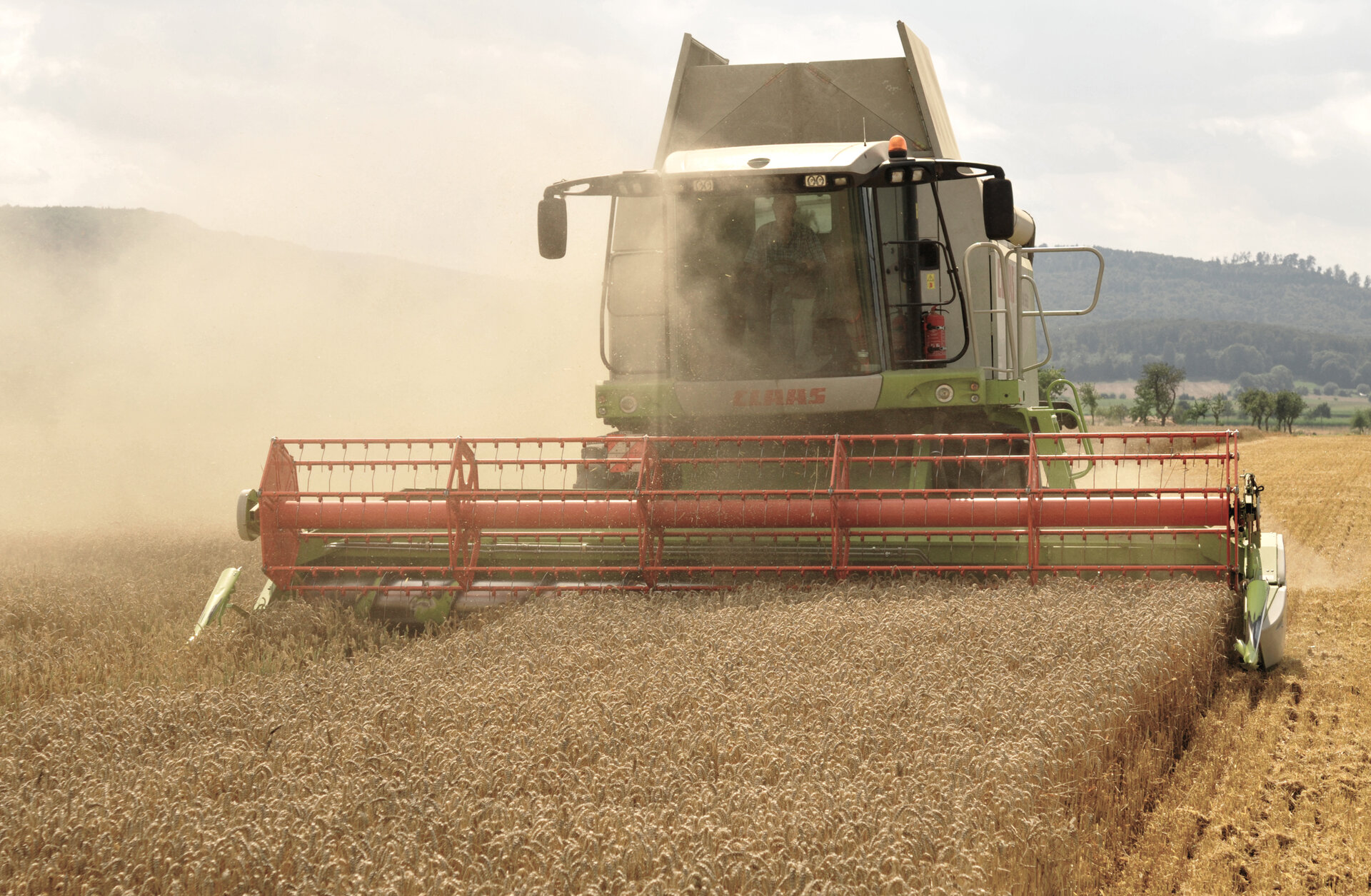Case study shows economic value of Copernicus Earth observation data
Europe’s citizens benefit every day from the technological advances that investment in the space industry has brought in recent decades.
The Copernicus Earth observation programme, headed by the European Commission on behalf of the European Union, is the biggest provider of Earth observation data in the world and a prime example of the socio-economic tie between science and industry.
Through its Sentinel satellites, which are developed, built and launched by ESA and operated in conjunction with Eumetsat, Copernicus monitors Earth. A series of contributing missions and ground observations are added to the mix to deliver a set of services in six thematic streams of Copernicus services: atmosphere, marine, land, climate, emergency and security.
Benefits are brought to a wide range of users worldwide and this is expected to increase significantly as more Sentinels become operational and ever more users progressively discover the programme.
A series of case studies conducted by the European Association of Remote Sensing Satellites under contract to ESA have analysed and assessed the economic benefits generated along the value chain of selected examples of usage of Sentinel data.
Related reports are available on the benefits of Sentinel data for winter navigation in the Baltic Sea, forest management in Sweden, and the monitoring of gas and water pipeline infrastructure in the Netherlands.
A recently published Sentinel's Benefits Study on the Farm Management Support in Denmark is the fourth of this series.
The bottom-up methodology follows various identified tiers in the value chain – from the satellite signal to high-quality food production in Denmark. In this way it is possible to collect evidence and demonstrate how the usage of Copernicus Sentinel data provides an effective support to various market applications. It reveals the choice by the user for a particular service considering related technological trends and tracks the attribution of the resulting socio-economic impacts to the satellite in orbit around Earth.
Read here how the Copernicus Sentinel-2 data support farm management in Denmark.






